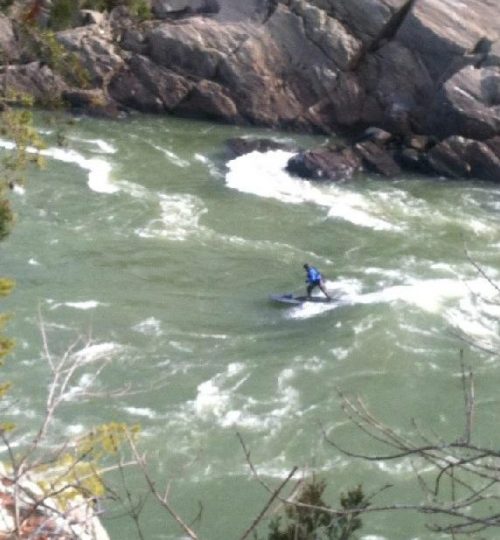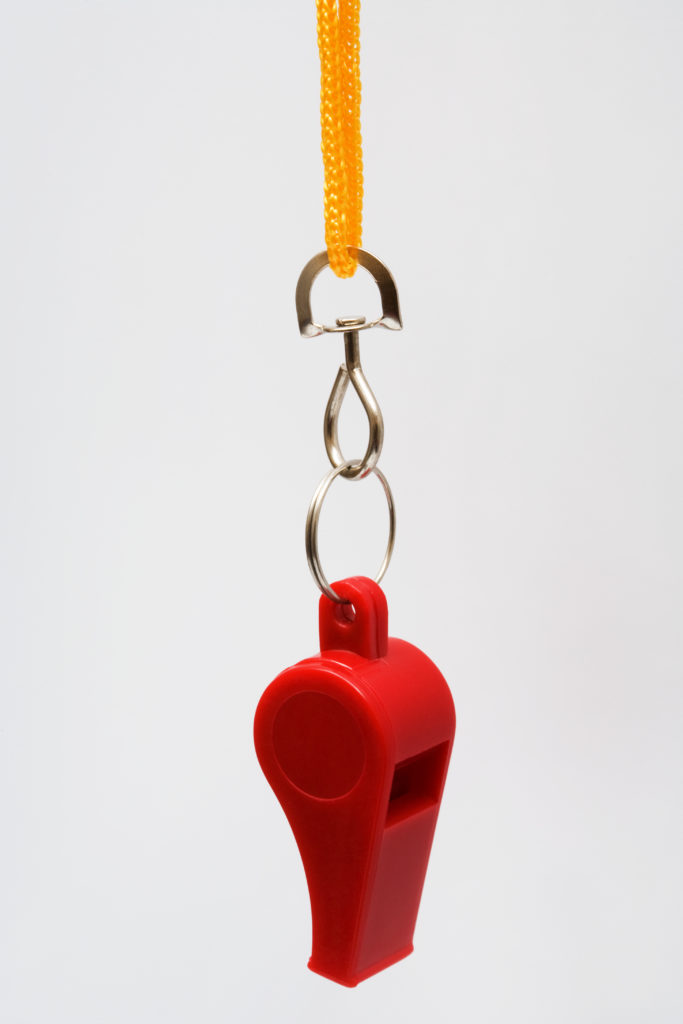Equipment
Stand Up Paddle board Washington DC
Having the right equipment is very important to learning how to stand up paddleboard. We hope you find this guide useful.
What you'll Need...
Boards
There are generally two types of boards you want to consider purchasing, either inflatables and hard boards.
Inflatables are made out of rubber, and hard boards are made from either epoxy or polyurethane. Inflatables are typically used either on a river (where there are rocks), or where the owner doesn’t have the ability to carry or store a board. With an inflatable, you can arrive at your favorite spot, blow it up, and go. You can also travel pretty easily with an inflatable SUP. If you plan to surf on your paddle board, either on a river or in an ocean, then a hard board is the way to go.
Hard boards do not flex as much as inflatables, and this makes it much easier to get into a wave. Here’s a good rule of thumb: if you’ve never been on a stand up paddle board, and you plan to ride in the ocean, buy a hard board.; if you’ve never been on a stand up paddle board, and you plan to ride on the river, get an inflatable. The size of the board also plays a role.




There are four components to understanding the sizeof a board: (1) the length, (2) the width, (3) the thickness, and (4) the shape. Most beginner boards inflatable or hard boards will be 10 or 11 feet long, and at least 32 inches wide. They will have a “fun shape” with a sufficiently wide nose and tail. Thickness will generally range from 3 to 4 inches. As you progress, the boards get shorter and much higher performance. For example, a high performance river surfing board may only be 6 feet 11 inches, and 29 inches wide.








Paddles
Paddles also come in many shapes and sizes. The first thing to consider is if you want an adjustable paddle.
Adjustable paddles help a great deal for travel, but they aren’t the best for performance. They tend to be a little heavy, and the the adjustment components are not perfectly sealed. That said, they do serve a purpose for travel because you can easily put them in your car or on a plane.
Paddles come in wood, aluminum, fiberglass, and carbon fiber. In terms of weight and function, carbon fiber paddles are by far the best, followed by fiberglass. Some experienced paddleboarders believe that you should purchase your paddle first and go from there. Our recommendation is to purchase a carbon fiber paddle, preferably a one piece paddle. If you must use the paddle for travel, and you need a three piece, then make sure it’s carbon fiber. Paddle size is generally 6-9 inches above your head. But this is again a function of personal preference.
Some people like a longer SUP paddle for long distance paddles, and others like shorter paddle for surfing the waves and whitewater.
If you’re just starting out, then put your hand straight up in the air while standing up. If the padle is taller than the top of you hand, then it’s too big.




Personal Floatation Device (PDF)
If you take lessons for paddleboarding on the Potomac River, you should make sure that your PFD is made for the whitewater and is in good working order. There are many different types of PFDs, and “rescue” jackets are probably the best. They are a little bit more expensive, but well worth it. At a minimum make sure you have a place to hold your knife. Most ocean riders do not use PFDs as it makes it very difficult to duck under the waves.
Helmet
You will need a helmet if you stand up paddleboard on the Potomac river. All good lesson outfitters will bring you a helmet, and you should make sure that the helmet fits snugly over your head. The helmet should be comfortable but snug. There’s not a lot to helmets, and they range from about $50 to $300. The higher end helmets have more custom adjustments, and lighter, and some would argue look cooler. But from a pure function standpoint, if you’re on a limited budget, put your cash into your board, paddle, or PFD.
Whistle
This is a must have item! Get a whistle when you SUP and attach it to your PFD so you can get to it easily. Whether you are paddleboarding on the Potomac River or somewhere else, a whistle can save your life. Attach your whistle to your PFD with some sort of lanyard.
Leash
A leash is the only item that connects you to your stand up paddleboard. When you first begin learning to SUP, you should NOT have a leash on. That’s right – if an instructor tells you to wear a leash during your first lesson, then find a new instructor. If you fall off you board you will rely on your PFD and your swimming skills, not your board, to float you. However, as you progress, your leash will definitely come in handy. Once you decide to try paddleboarding in any type of swift water such as the Potomac River, you must have a leash. The leash will allow you to retrieve your board when you fall. The leash attaches to the tail end of your paddleboard, and also to you. Some paddleboarders wear their leashes around their feet or lower legs, while others attach their leashes to their PFDs.
Knife
Having a knife with you is also essential when you are stand up paddle boarding on the Potomac River. Knives are not necessary on an ocean. On a river, however, it is imperative to have a knife. For starters, when you paddle board on a river and have a leash, you need to be able to cut the leash if your quick release fails. There is one reported instance of a paddle board death from a woman who was not able to remove herself from her board. Also, you could become entangled in another person’s line, or a branch, and need to perform a self-rescue. Don’t go on a paddle board in the Potomac River without a knife.
Rescue Rope
It make s a lot of sense to carry a rescue rope while standup paddling on the Potomac River. Rescue ropes can help you save your own life, and those around you. There are two types that work for stand up paddlers – either the type that goes around your waist, or the type that goes inside your PFD.




Carabiner
When you SUP on swift water such as the Potomac River, having a carabiner is a must. Why? It’s simple. If you need to perform a rescue, the carabiner will allow you to utilize your rope and billet if necessary. It is recommended to attach your leash to your paddle board at the tail with a carabiner so you can use this one in case of an emergency.
Fins
If you ride a hard board, you will probably have many options for fin selection. Most paddle boards are set up in a traditional “thruster” setup, meaning three fins. If your center fin is adjustable (some are and some aren’t), then you can move the fin towards the nose to loosen the board or towards the tail to stabilize the board. You can also remove the center fin entirely, leaving the board in a “twin fin” set up. This will be very loose, allowing for quick turns; however, a twin fin setup may be slower on the wave, making it more difficult to stay in the wave. When it comes to fins on your padleboard, start by keeping things simple — just go with the traditional setup on the board. But as you progress, you’ll definitely want to make adjustments along the way to see how the board responds. If you carry a fin key with you, these adjustments can actually be made on the river while at the surf feature.
Book your Trip!

Join us on the river!
If you like to hook up with us for a paddle and enjoy the waters of the Potomac, contact us today!


